Whereas version 1 and 2 mainly used lasercuted gears, the transmission of version 3 consists of nearly 100% 3D printed parts. The pulleys and also the belts were 3D printed, only the axes of the pulleys and the bearings were not.
Some challenges were to find the right diameter for the bore of the pulleys to perfectly fit and to build up the transmission on minimum required space and allowing a 18:1 ratio to archive 0.1° rotation by one step of the stepper motor. Also the camera needs to be well balanced so the motors have enough torque to move the camera and withstand external impacts like wind. Another "requirement" due to the lack of time was to reuse as many parts from the old design as possible, but also to leave the door open for plan B (plan B was to revert all changes and use the old design of version 2).
The results is a quite interestingly looking devices, because of many holes in the aluminium parts - but hey - it also saved me some weight to carry on the hikes during the vacation :)
Nevertheless the results were very very satisfying, beyond some minor issues it was much more easy to use and transport as version 2, even if I did not change anything on the software. But the build-up-time, required transport volume and weight, as well as the better resistance against wind impact and the finer rotation resolution were such an improvement that I forgot about the software issues most time. The largest panorama so far had about 2.8 gigapixles (not the panorama shown in the gallery, it has about 1GP at full size, the version uploaded here is downscaled a lot ;). But there is definitely more possible. The main constrains usually are the available time at a place, weather conditions, air pollution or bad sight.
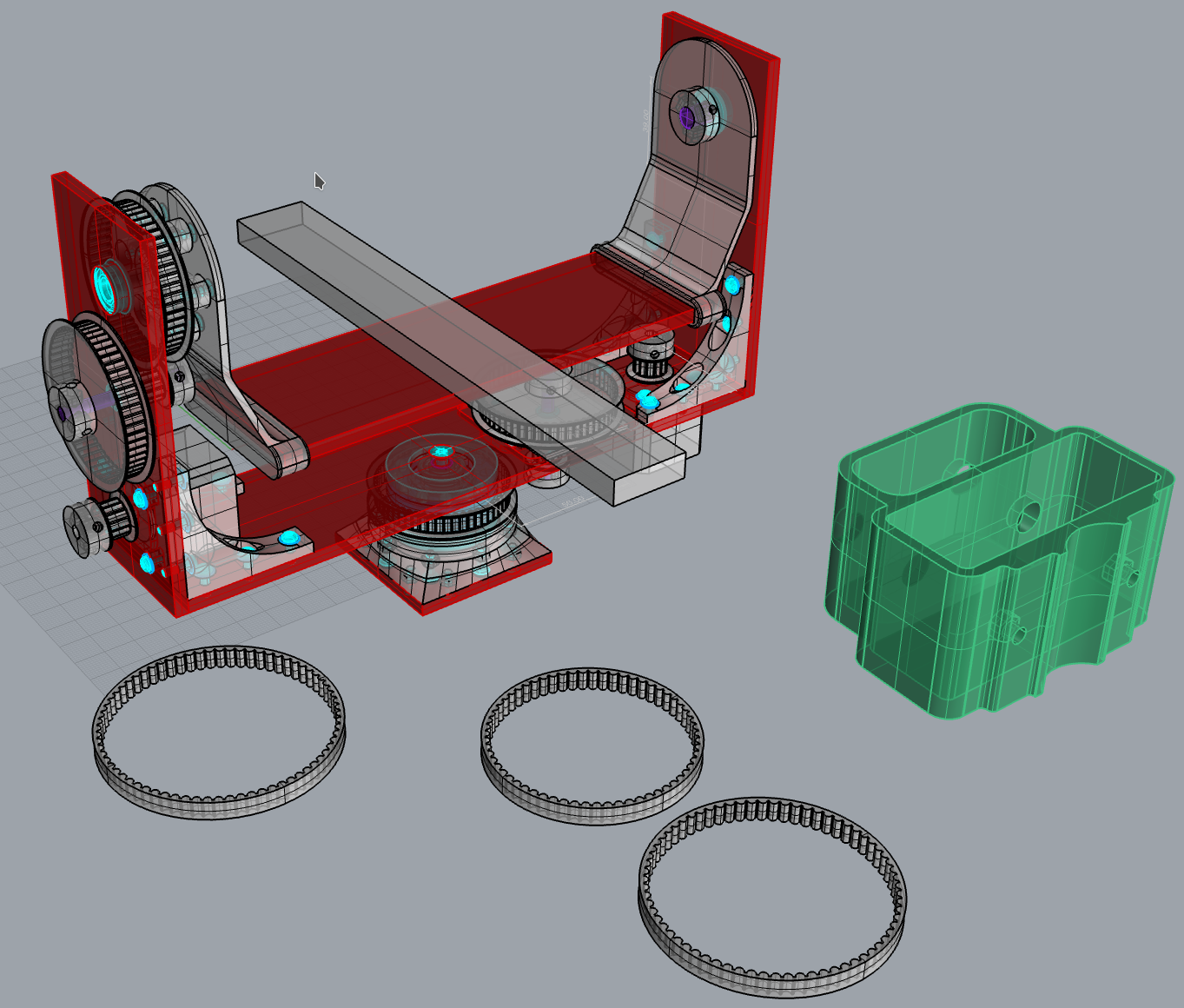
The image above shows the model of nearly all parts of the project, the panorama head in the back, the belts in the front and on the right a little case to mount the powerbanks on the tripod.
Designing Pulleys and Belts
The first pulley and belt I printed about two years ago. This prototype was designed as single purpose object, but since I started to use self printed pulleys and belts more often I created a Grasshopper project (see image below) to easily generate the pulleys and belts according to me needs. (Grasshopper is a plugin for Rhino CAD that allows parametric design) The grasshoper file can be found in the upload as well (htd.gh). HTD stands for high torque drive and is a common shape for pulleys and belts. In this project I used a 3mm tooth pitch, which seems to be at the lower end of possible belts and pulleys that are printable with standard FDM printers. 2.5 might still work, but 3 was well enough till now.
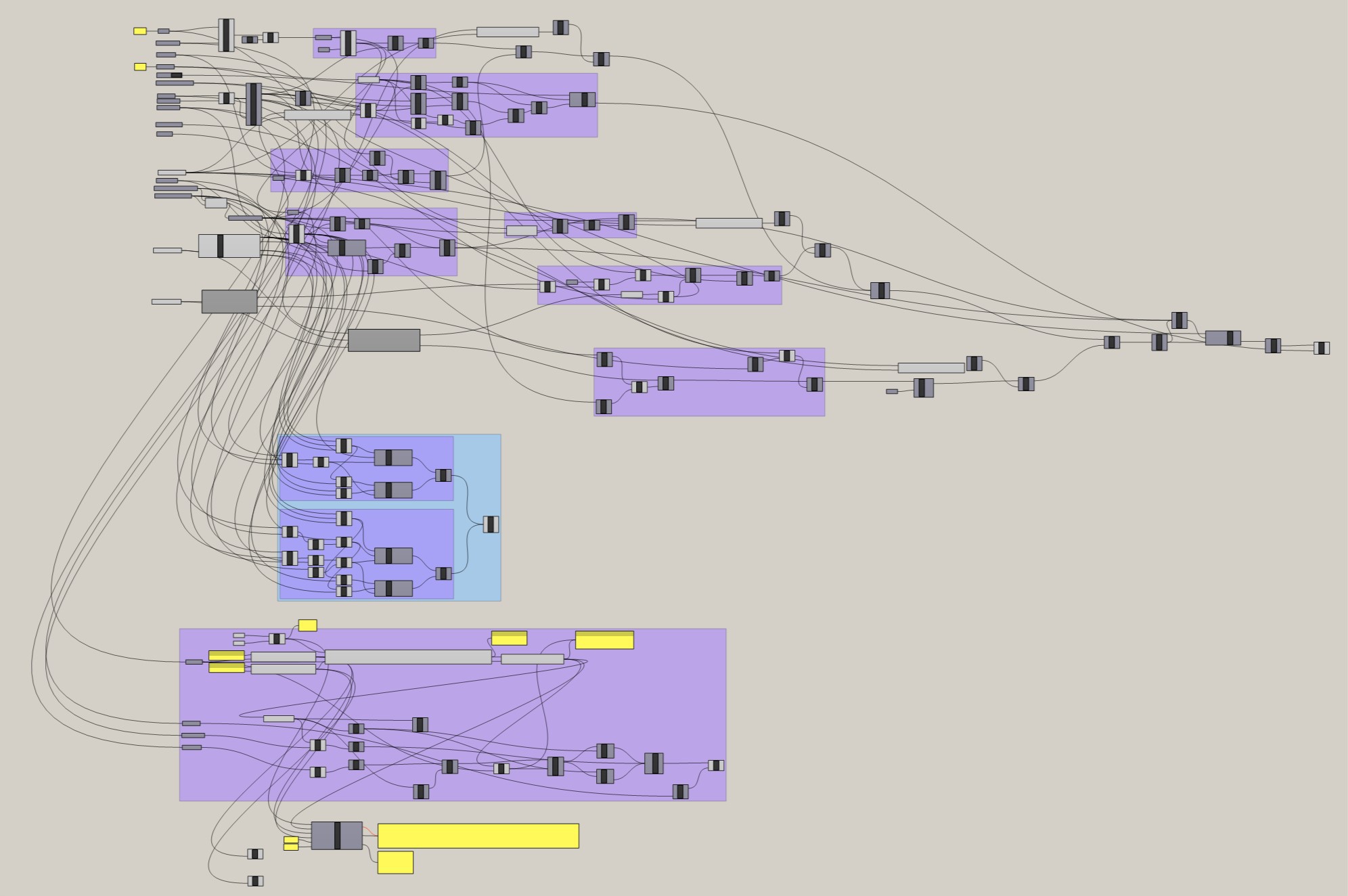
The script allows to define several parameters, e.g. what belt size, what material is used for printing (to adjust the additional extra size on holes etc.), how many tooth, what screws are used for fixation etc.
Printing Belts
Printing the belts was actually easier than expected. You simply need to design them and print them with a flexible, but not too elastic material. I used TPU (more precisly Polymaker Polyflex TPU (Shore A95) and Extrudr TPU Medium (Shore A98)). Clearly these belts are not capable of lifting heavy loads without elongation, but for lightweight use cases as in this example, 3D printed belts seem to be good option to save some money and time. Another advantage is, that you don't need to match an existing tooth count (usually belts are only sold in thooth counts dividable by 3).
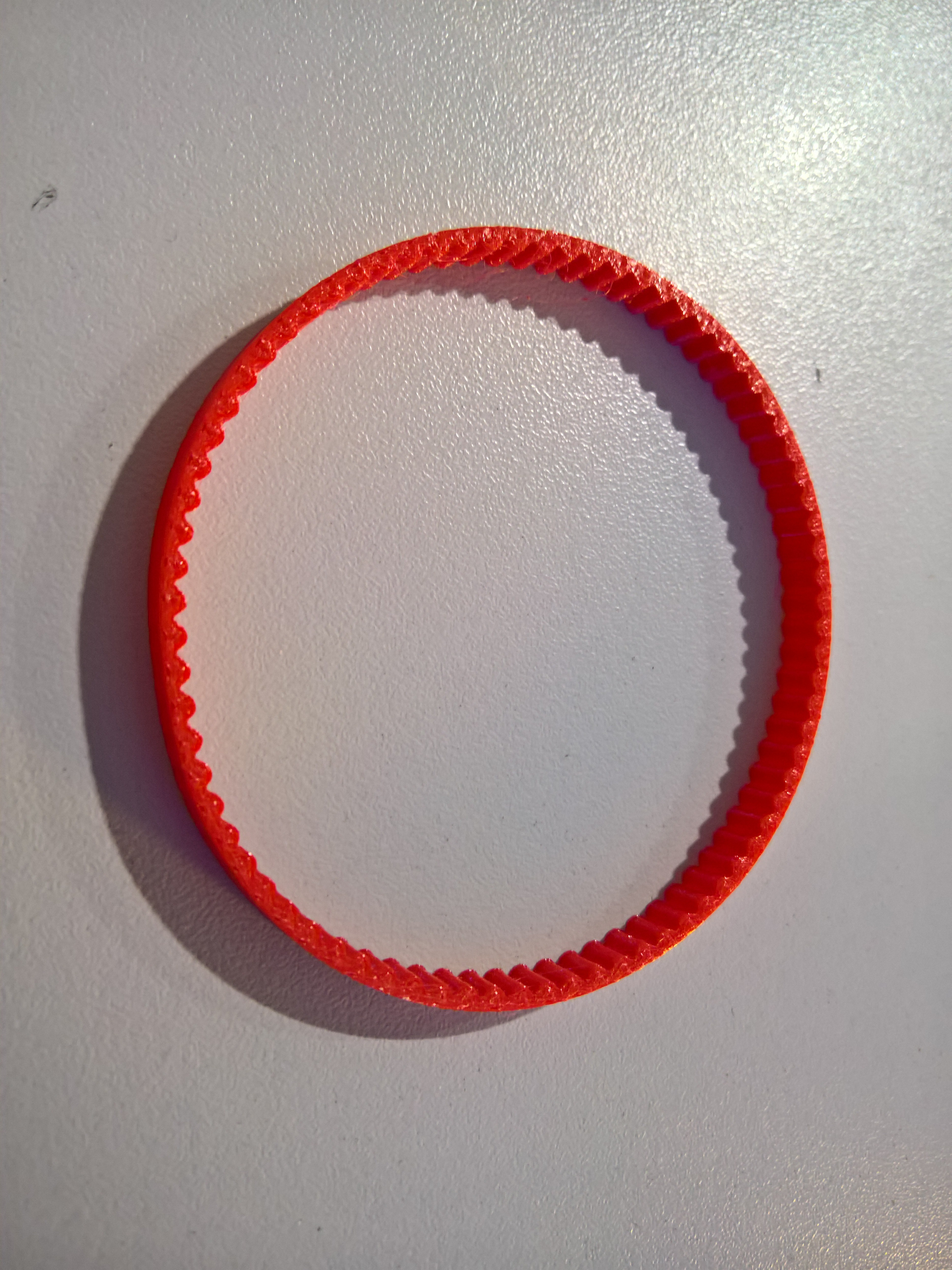
Some tips for the slicing: DO NOT USE BRIM and if possible, reduce the expansion of the first layer a little bit. In Cura I got very good resulst by setting "Horizontal Layer Expansion" to "-0.2mm". Otherwise you will get an elephantfoot which is very obstructive for a belt. Also printing at low speed (about 30mm/s) and setting the z-seam to a fix position effects the belt quality in a positiv manner. The infill should be set to 100%.
Printing Pulleys
Printing the pulleys is far more difficult than printing the belts. The main issue is, that it is hard to get a really well centered bore, additionally you need to be able to fixate the pulley on the axis without deforming it too much. Otherwise the belt will not move smoothley. To allow a nice fit on the axis I designed the hole 0.2mm bigger in diameter as needed (8.2mm for a 8mm axis) and cleaned it with a 8mm reamer). But this value might differ from material to material and from printer to printer. In my case it was PET-G and Nylon and an Ultimaker 2.
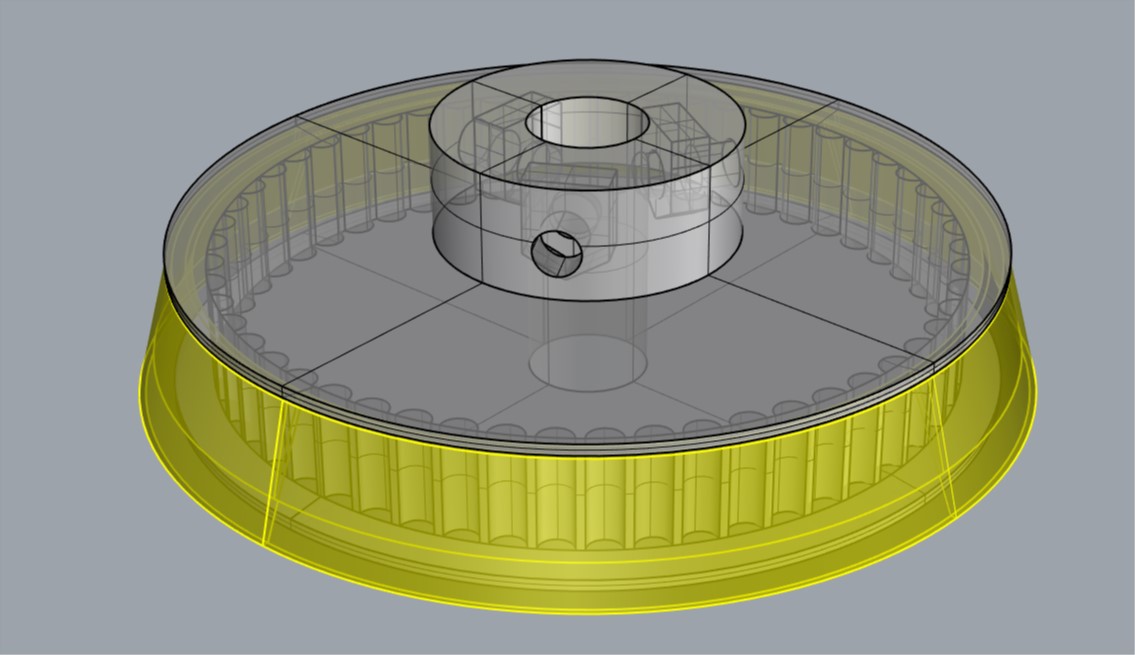
Another challeng was to get easy to remove support stucture. The automatically generated structure from Cura was not useful, so I designed it myself. Designing it slightly bigger (0.44mm) than the nozzle size (0.4mm) produced nice results, so that the ring (yellow in the image above) was only one wall thick and easy to remove.
To fixate the pulley without iregular transforming it I used 3 M3 setscrews and 3 inserted M3 nuts. The nuts were inserted during the print by adding some pause-gcode to the file.
The rotation shaft
To ensure a smooth rotation I invested some time in desiging and building a convincing rotation shaft. It consists of two axial and two radial bearings. The axis itself is build from a M12 threaded rod. At the upper end a screw fixes the plattform to the axis, while at the other end a custom lathed M12 nut pulls the lower axial bearing against the upper bearing. This ensures that I am able to adjuste the backlash to a minium.
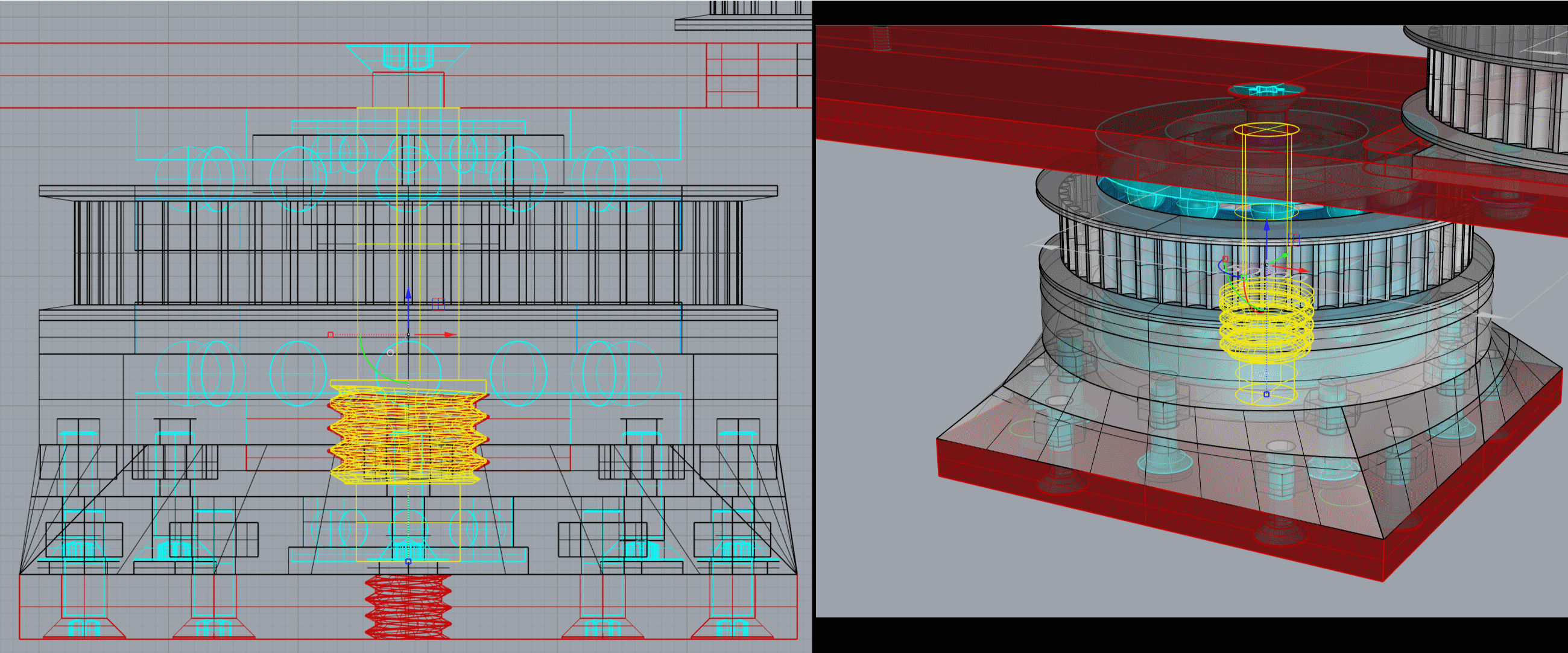
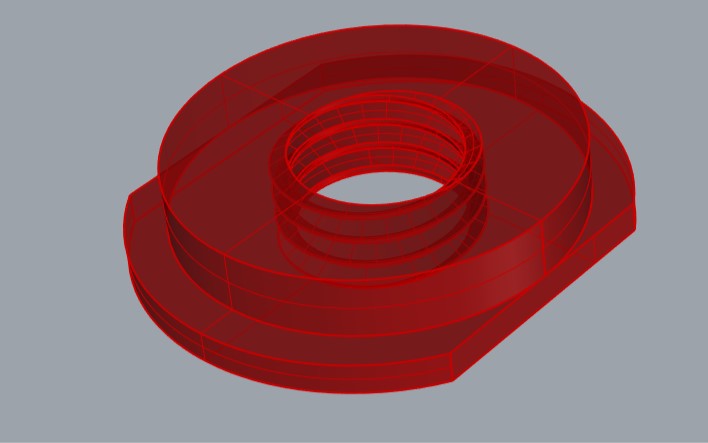
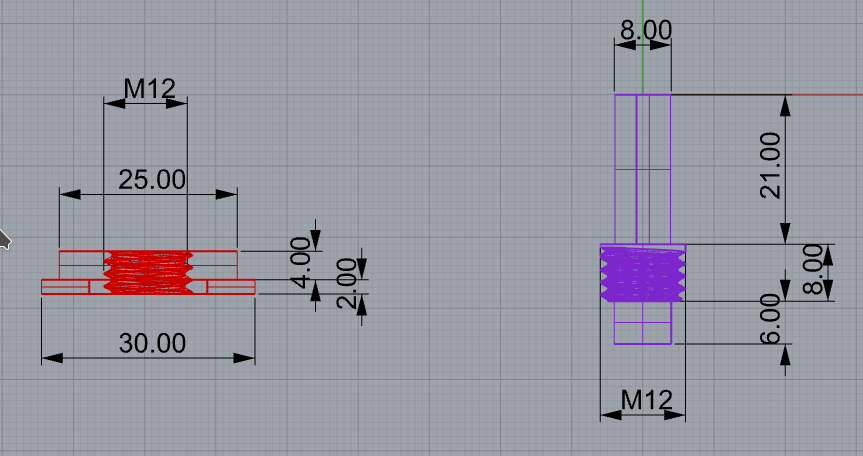
The Aluminium Parts
The aluminium parts require some milling for being able to tighten the belts. On the first axis this was archived by building a little slide for the middle axis of the transmission that got fixated after tighten the first belt (from rotation axis to middle). The last part (middle axis to motor) gets tightened by fixating the motor on the right place. The following images show the mounting plate, that gets mounted on the tripod, the lower "bridge" between the both sides, the left side - the right side is the same, but without the holes for the motor and transmission-middle-axis and a close up of the slide ... well if you look close enough on the pictures of the device you might spot, that it would have been a great idea to have individual outlines for both sides .. I accidental produced the part twice, and wasted some of the rare time to drill and mill some holes I don't need .. but hey, I saved a little bit more of weight ;D
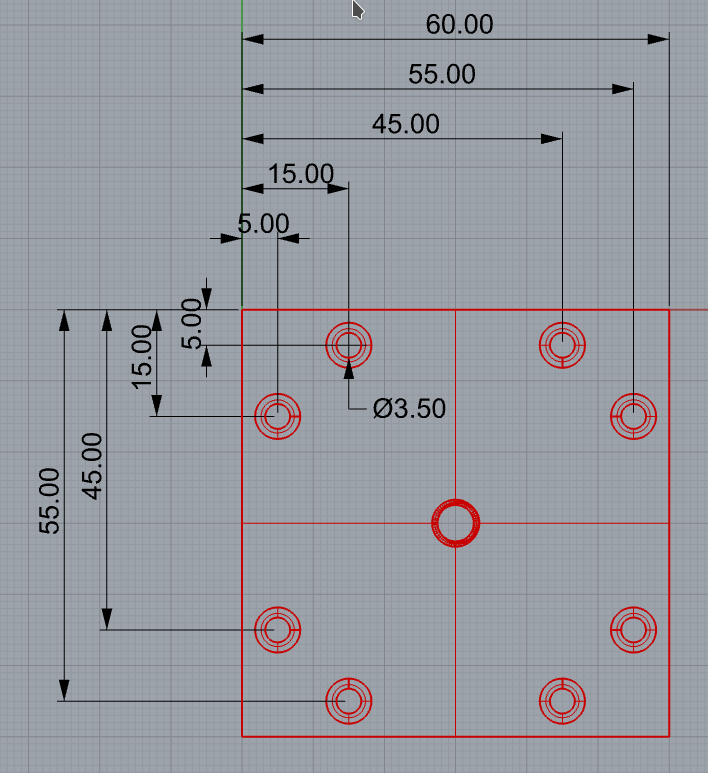
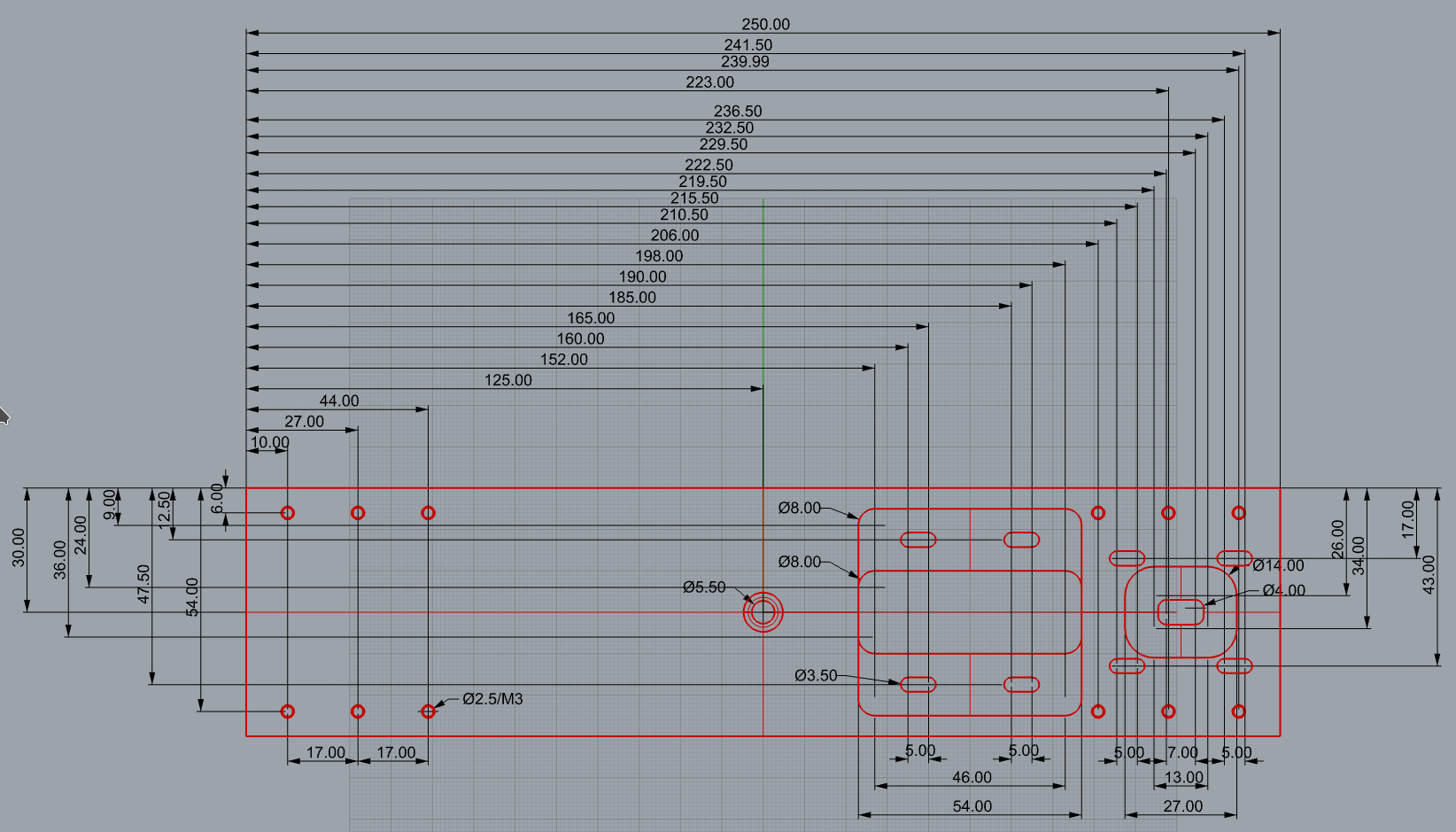
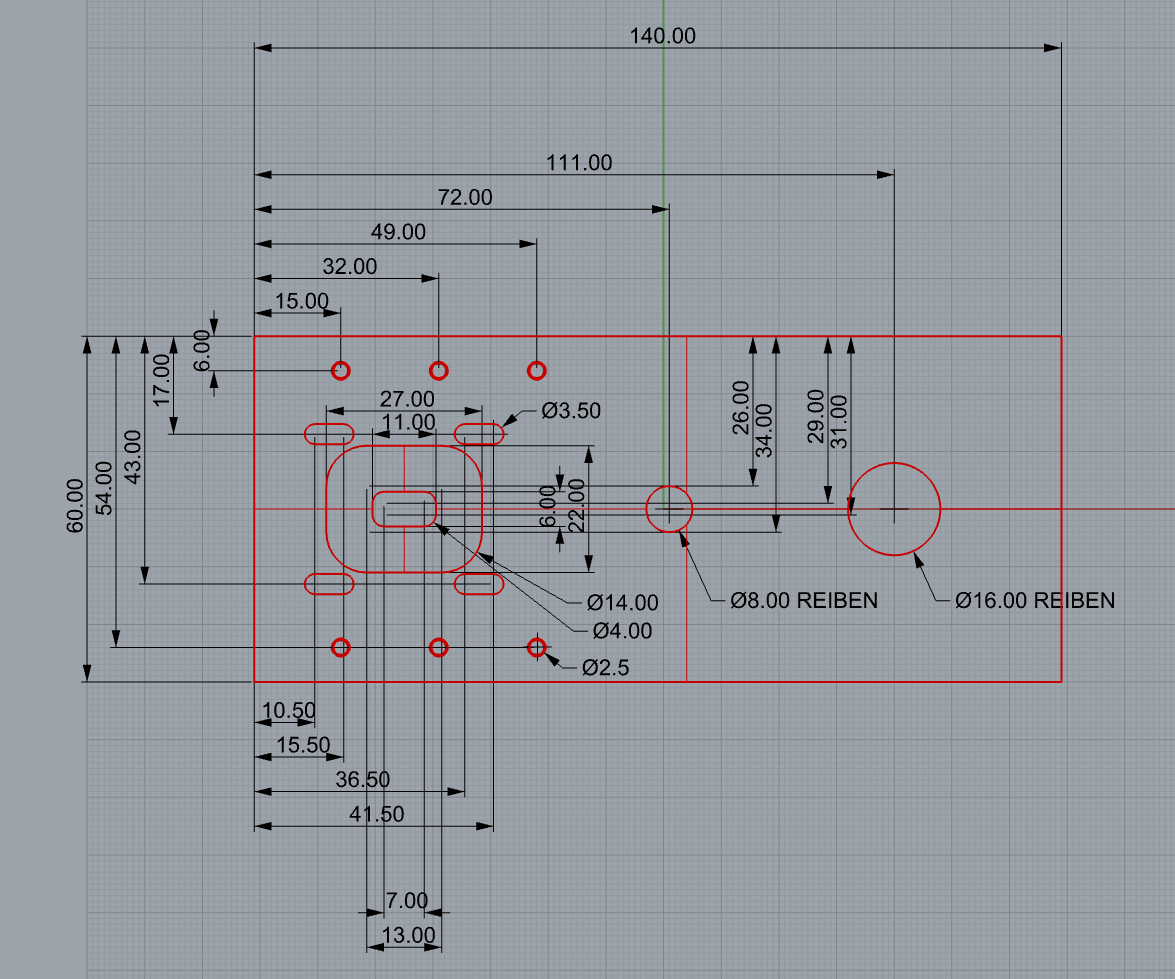
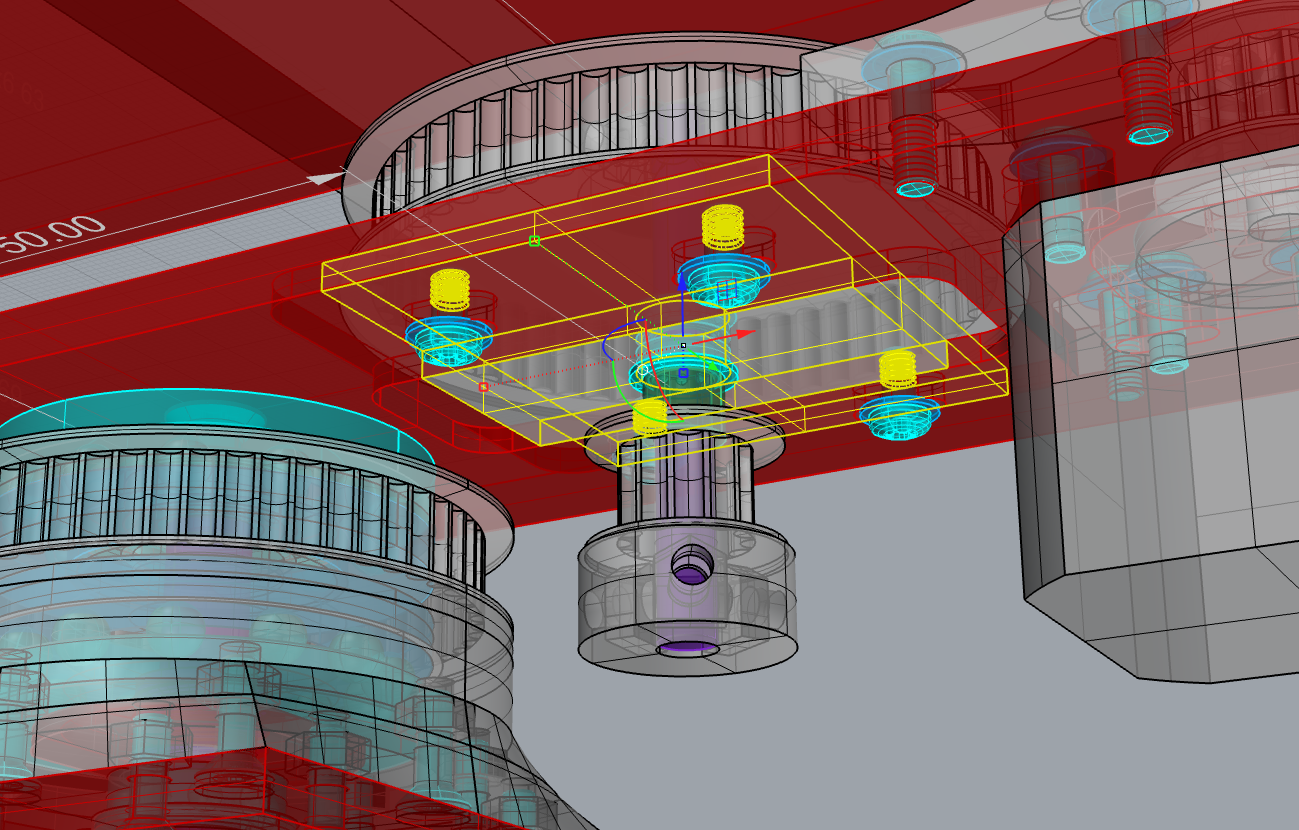
On the second axis I ran out of time and decided against the complex to build mechanism and simple put some little wood pieces under the upper belt, as it will never do a rotation more than about 90-120° that wood pieces could not get lost under the belt. A bit hacky but it works - and we are on hackaday here ;) - but for the next version I plan to build a slide there too.
 ahorn42
ahorn42